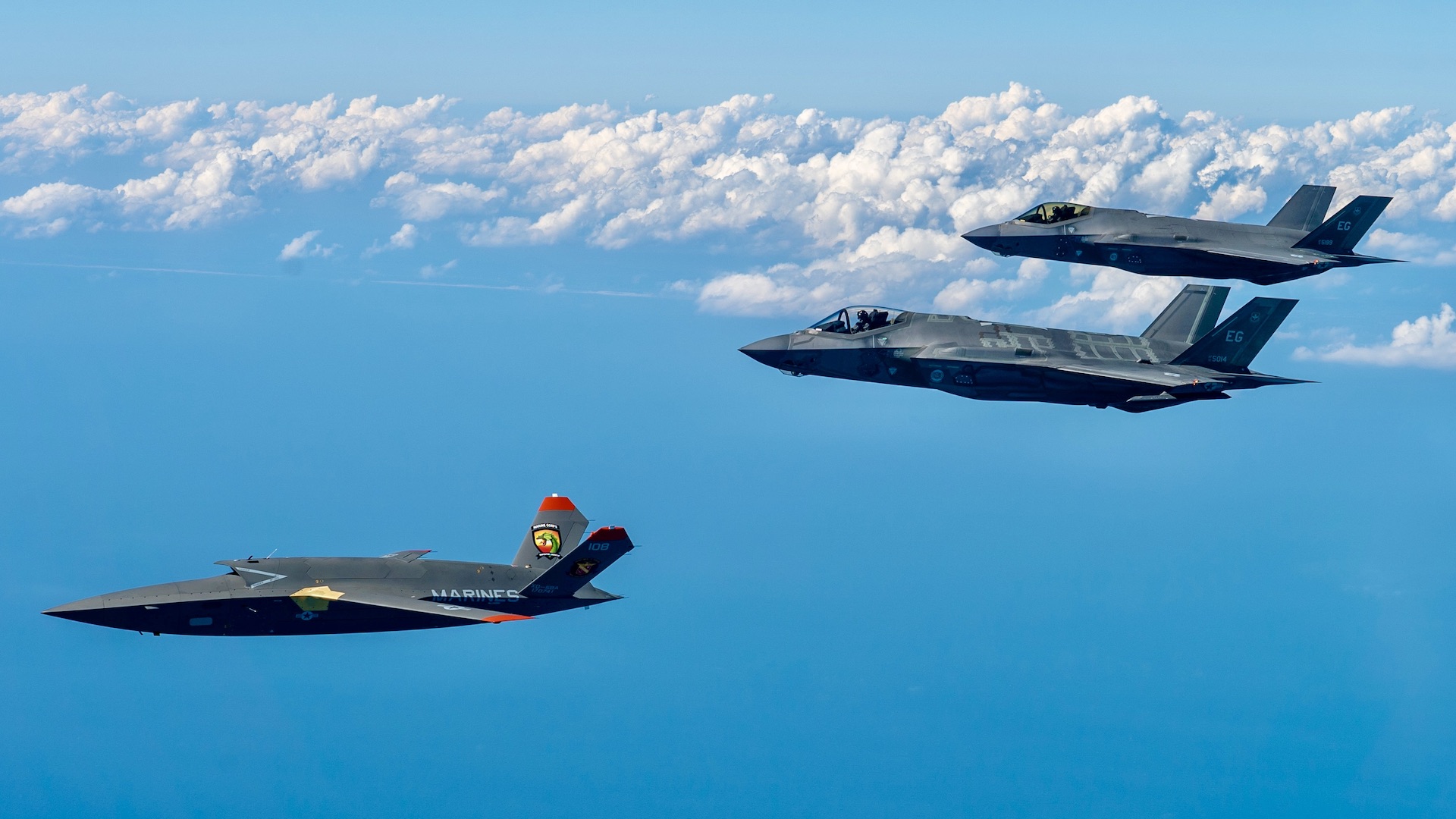The U.S. Marine Corps’ stealthy XQ-58A Valkyrie has successfully completed its second flight test with the service. The Marine Corps is currently testing the drone against a whole range of potential uses, including as electronic warfare platforms, surveillance and reconnaissance assets, and wingmen for crewed fighters, including in kinetic roles.
The flight test took place on February 23, and was conducted from Eglin Air Force Base in Florida, where the Marine’s XQ-58A testing efforts are based. The test saw Marines working in conjunction with the U.S. Air Force’s 40th Flight Test Squadron, part of the 96th Test Wing at Eglin, and the U.S. Navy’s Naval Air Warfare Center Aircraft Division (NAWCAD), part of Naval Air Systems Command (NAVAIR). In addition, the Office of the Undersecretary of Defense for Research and Engineering, or OUSD(R&E), has also been involved in the Marines’ Valkyrie program.
Imagery released by the Department of Defense shows Kratos’ XQ-58, with the modex number 108, in the air on February 23, flying with a pair of Eglin’s F-35A Joint Strike Fighters. The 40th Flight Test Squadron also has its own XQ-58s, which have been flying in support of various test efforts since 2022. The Air Force was the first service to fly Valkyrie back in 2019, which was developed jointly by the Air Force’s Research Laboratory (AFRL) and Kratos.
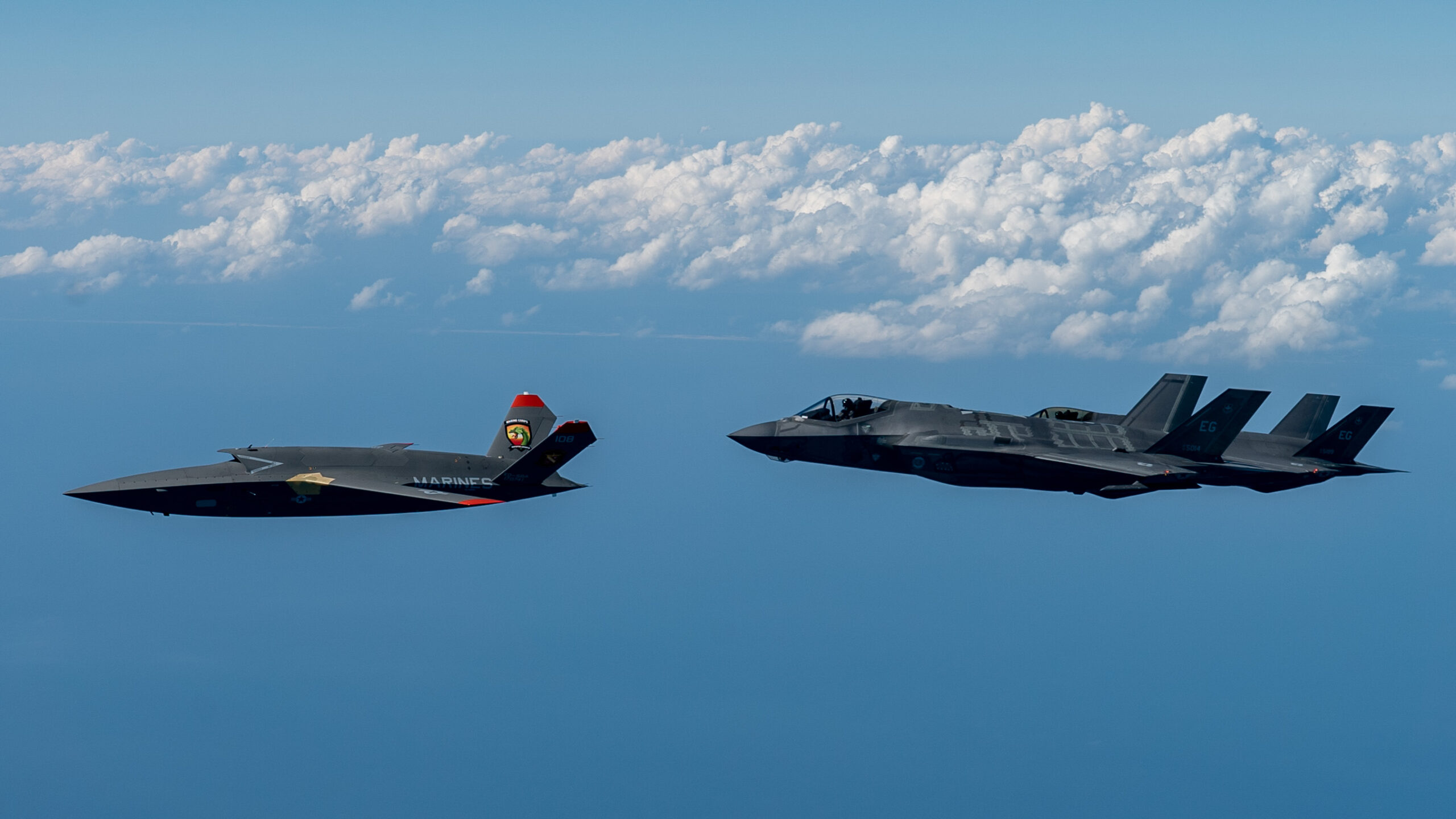
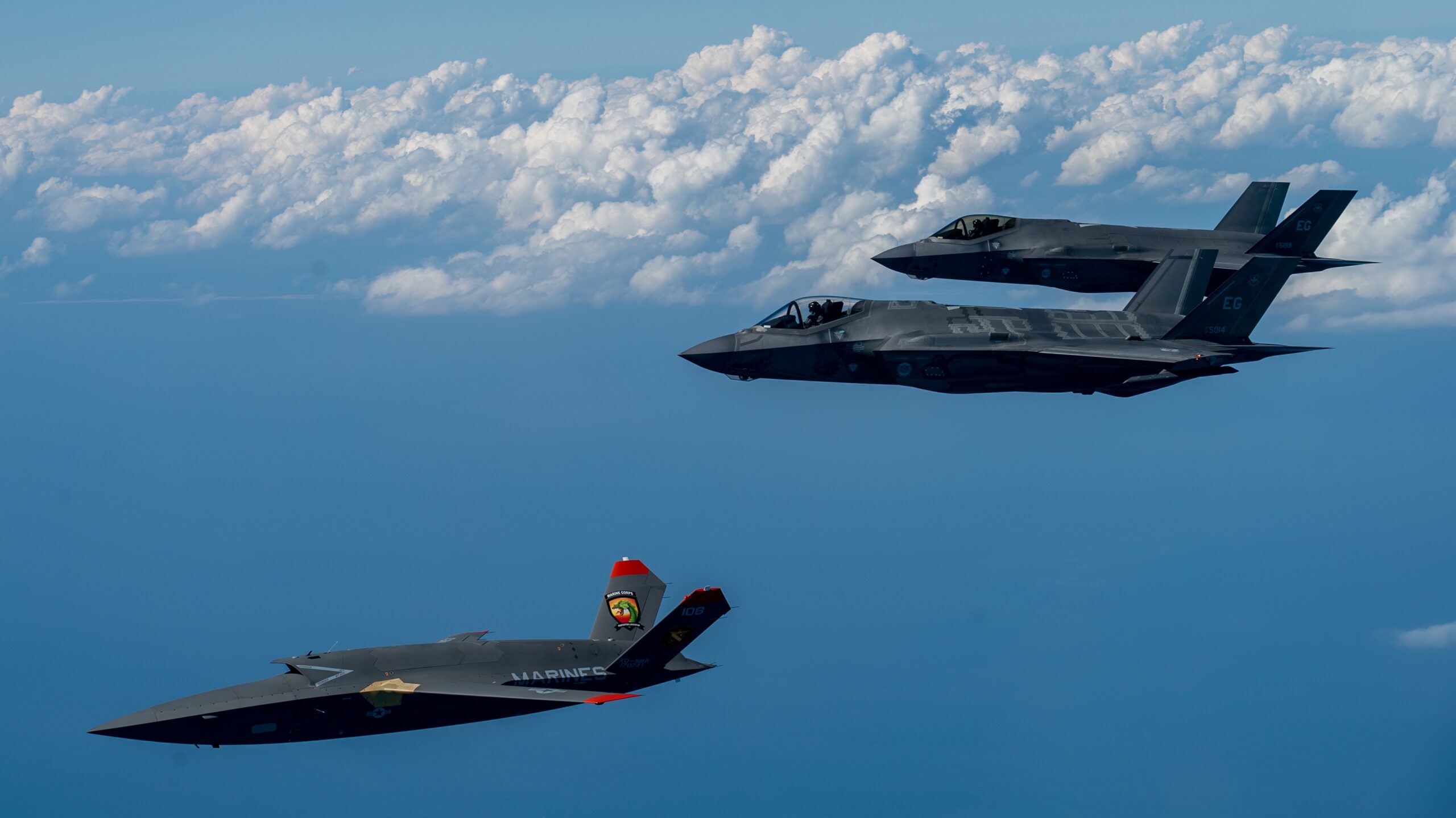
The first Marine Corps XQ-58A flight, which also took place from Eglin, occurred on October 3, 2023. During that test, a Valkyrie with the modex number 107 was used. Originally, NAVAIR finalized a contract in January 2023 with Kratos for the purchase of two XQ-58As — modex numbers 107 and 109 — on behalf of the Marine Corps, in support of a program called the Penetrating Affordable Autonomous Collaborative Killer-Portfolio (PAACK-P). Both of those examples were delivered to the Marines in early 2023. However, it remains unclear when 108 was delivered, or if the service has more than the three Valkyries pictured in its possession. We’ve reached out to the Marines for more information on this.
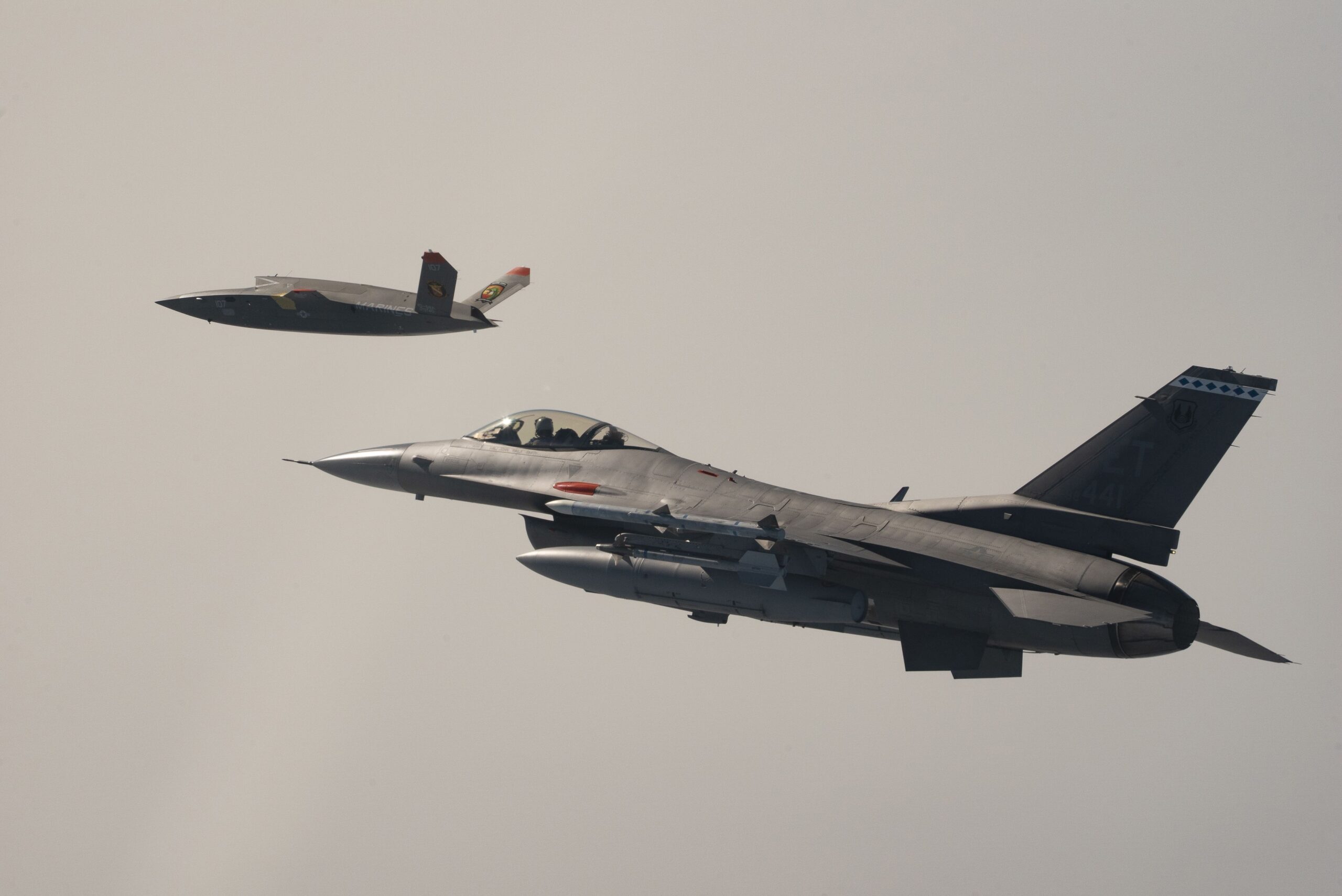
In a post on X, open-source intelligence analyst and War Zone contributor Amelia Smith (@ameliairheart) said that flight tracking data showed that the Marine drone flew for slightly over two and a half hours off the coast of Florida during its second flight test. She said the data also showed that the XQ-58 followed a very similar flight path to that of the first Marine Valkyrie flight in October of last year.
Last month’s flight test is the second of “a total of six [which are] planned ” in order to narrow down the Marine Corps’ future drone requirements using the XQ-58A as a testbed.
Collectively, the flight tests will “evaluate the effectiveness of autonomous electronic support to crewed platforms like the USMC F-35B Lightning II and the potential for AI-enabled platforms to augment combat air patrols,” the Marine Corps states. “The XQ-58A is envisioned to provide capability to the Marine Air Ground Task Force that ranges from electronic warfare support to delivering or supporting lethal fires and kill chains.”
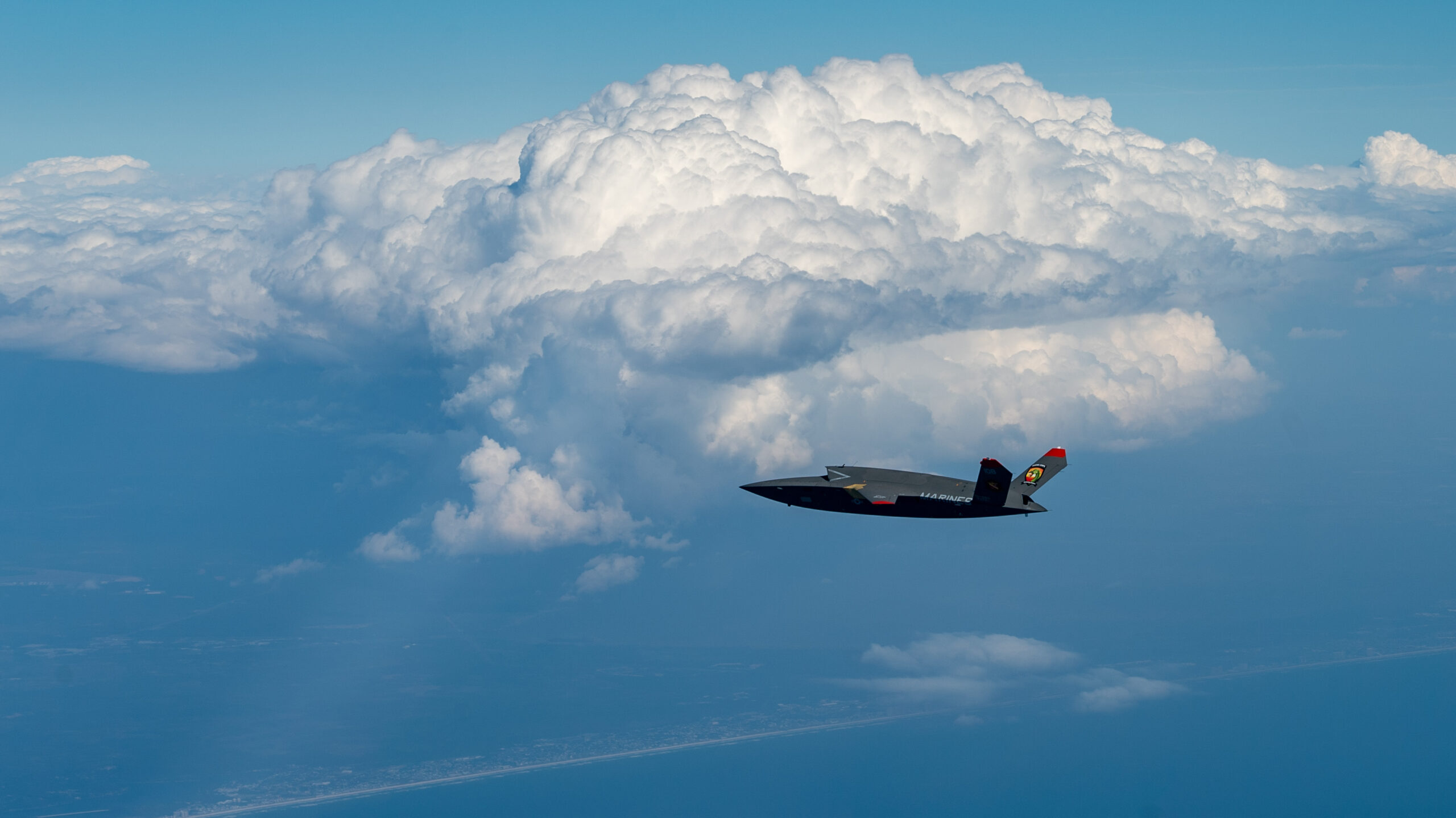
According to the Marines, the drone’s second successful test flight represents “a key milestone in implementing Project Eagle, the service’s aviation modernization strategy in support of broader Force Design modernization efforts. The XQ-58A and other Project Eagle research and experimentation platforms will inform capabilities needed in future conflicts out to 2040.”
Project Eagle has been separately described by the service as “HQMC Aviation’s roadmap to identify and procure capabilities that are lethal, resilient, persistent, and sustainable through a three-Future Years Defense Program (FYDP) strategic path.”
“Aligning these test flights with Project Eagle informs future support to the Marine Air Ground Task Force, which guides the foundation for the next Marine Aviation Plan,” said Lt. Col. Gavin Robillard, lead aviation strategy and plans officer for the Marine Corps Cunningham Group. “Working alongside our naval and joint partners is a testament to joint innovation as Marine aviation adapts and evolves to the changing character of conflict.”
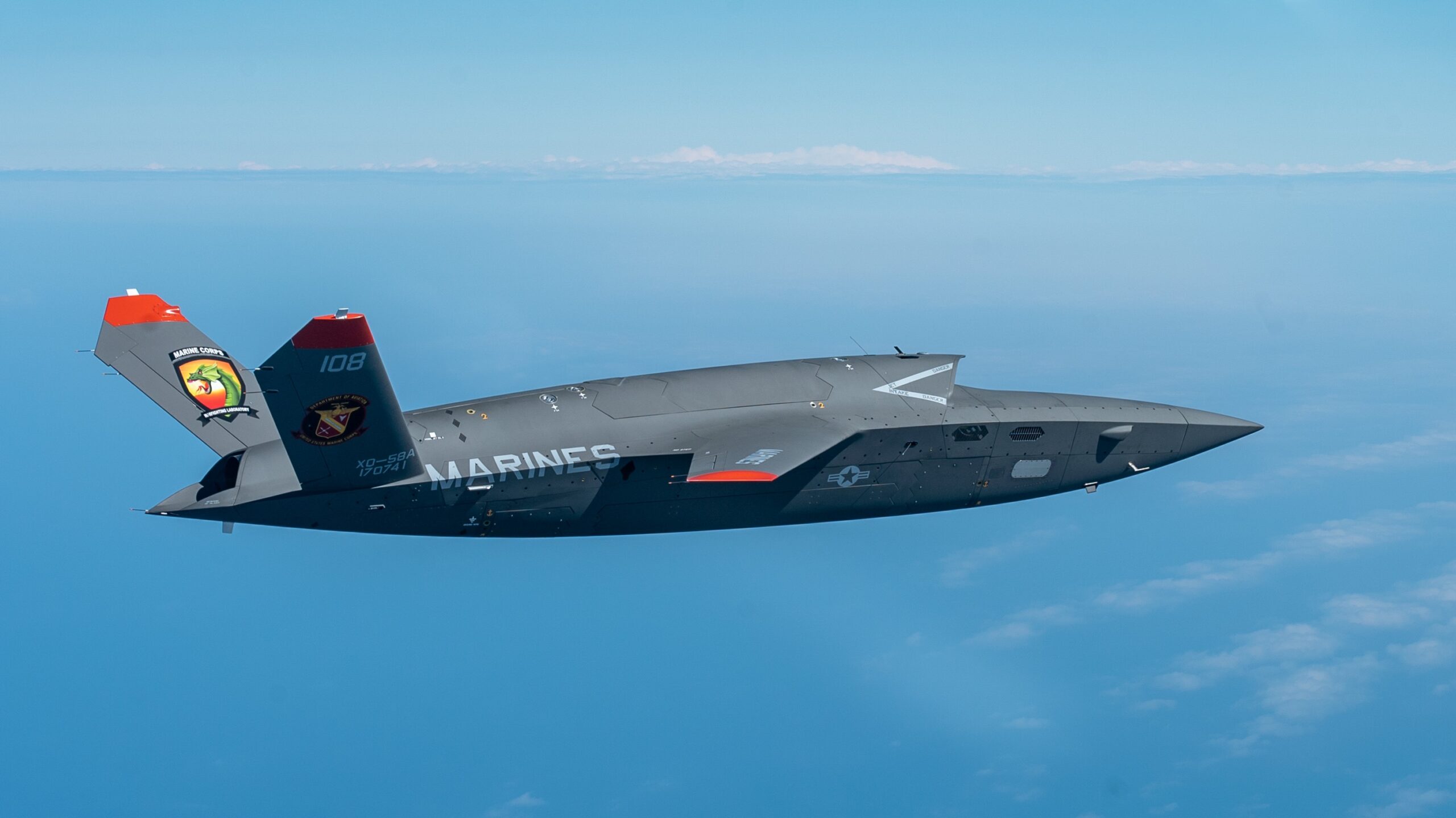
It remains to be seen what will happen after the Marine Corps’ six planned test flights with Valkyrie finish. Continued testing of the platform is a distinct possibility. It is unclear if the Marines may acquire an operational variant or derivative of the drone, given that it represents a testbed to help the service refine its future drone requirements.
However, the XQ-58 design does offer a number of attractive qualities that appeal to the Marines. Its baseline configuration, as we’ve noted previously, “has an overall length of 30 feet, a wingspan of 27 feet, a maximum range of around 3,000 miles and a maximum launch weight of 6,500 pounds (including up to 600 pounds in its internal payload bay and/or another 600 pounds under the wings). It has a subsonic cruising speed of Mach 0.72 and can achieve a maximum speed of around Mach 0.85.”
Configured to be completely runway-independent, the XQ-58 relies on a rocket-assisted takeoff method in conjunction with a static ground-based launcher, as seen in the image below. In the past, Kratos has even showcased a fully containerized launch system.
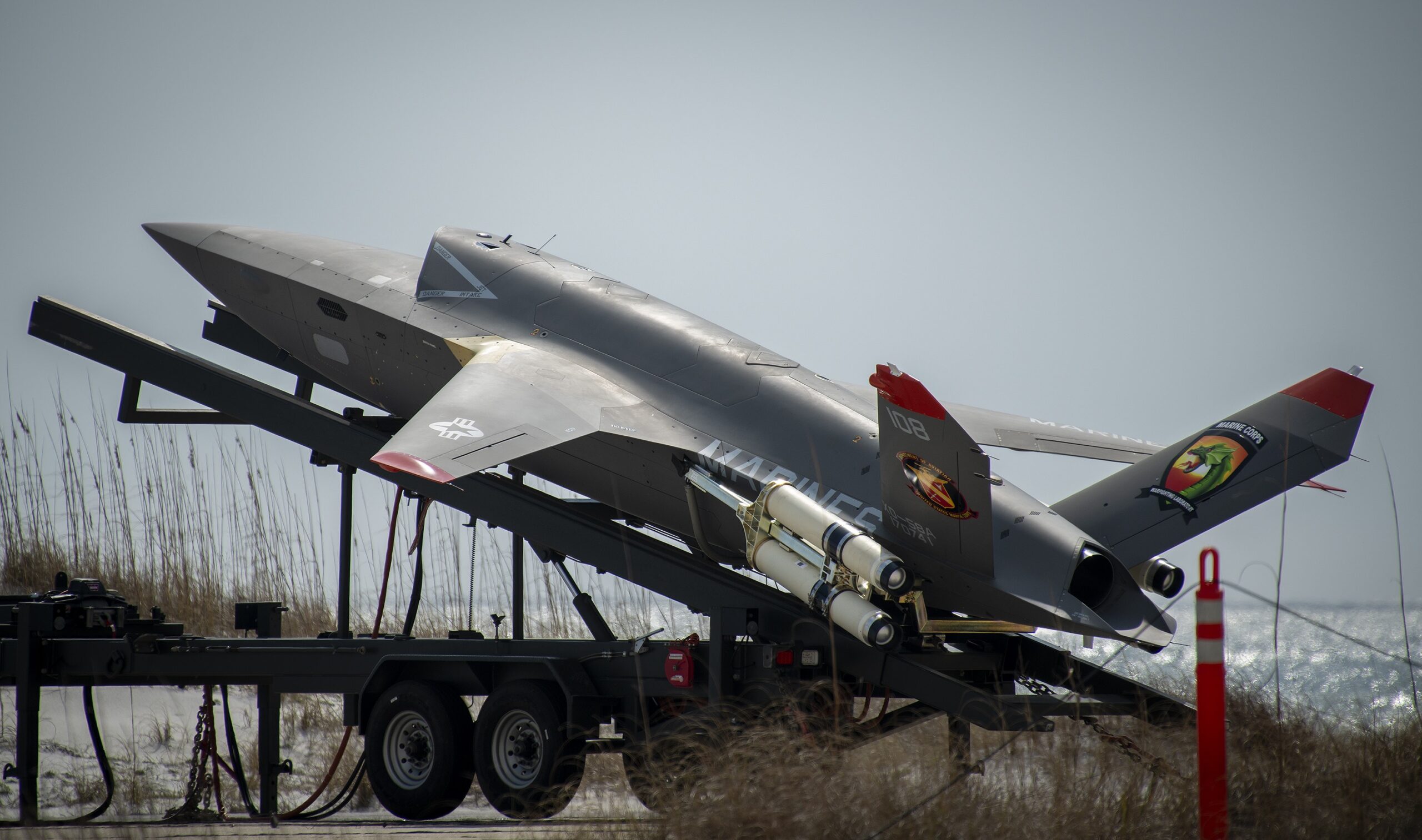
In order to return to the ground, it uses a parachute recovery system. Inflatable airbags help to cushion it on touch down.
Valkyrie’s generous maximum operating range, coupled with its rapid deployability, certainly makes it a strong candidate for the kinds of uncrewed operations the Marine Corps envisions in the future. “The future battlespace demands new aviation platforms that embrace the austere environment and bring the fight to the enemy at a place of our choosing,” Lt. Col. Bradley Buick, future capabilities officer for the Cunningham Group, said in connection to Valkyrie’s second flight test.
Broadly, the Marines have been reorganizing around new operating concepts that focus on rapid deployability alongside the ability to conduct high-end missions from forward locations, even where there are no large runways at all, with the Pacific theater in mind. Marine Corps aviation units, notably those flying F-35Bs, which could end up being used in conjunction with XQ-58As in the future, are central to this new operating concept vision.
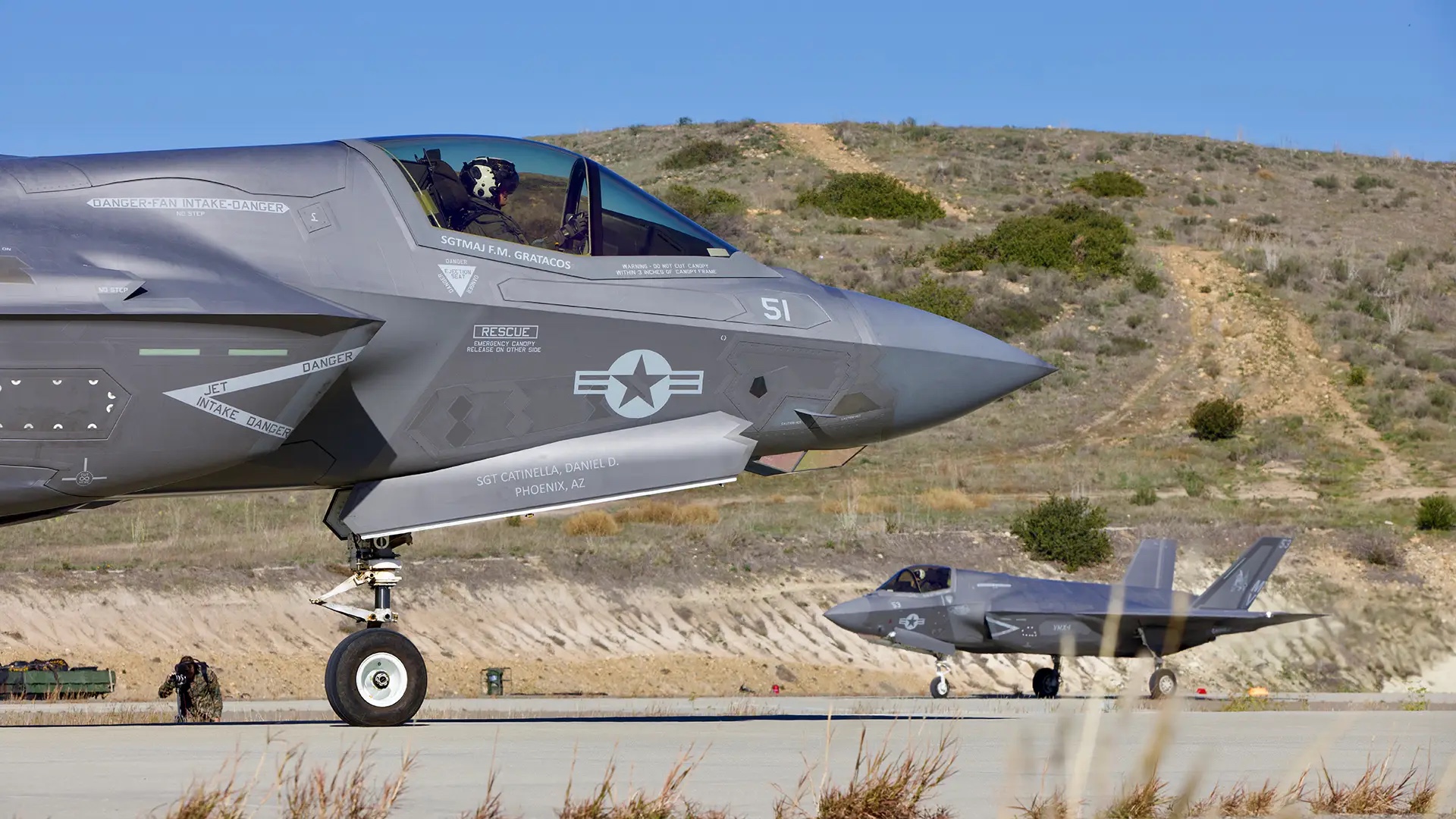
The Marine Corps isn’t by any means the only service looking forward to tactical aviation’s uncrewed future.
The Air Force, Navy, and Marine Corps are all also collaborating on various aspects of the former service’s Collaborative Combat Aircraft (CCA) program, and it is envisioned that the control of CCA drones will, in future operations, be able to switch seamlessly between the services. At present, the Air Force intends to acquire at least 1,000 CCA drones, and potentially more, as part of an initial tranche known currently as Increment One. Formal work on a second batch of CCA drones, known as Increment Two, is to kick off in the 2025 Fiscal Year. You can read everything we know about the CCA program in this recent War Zone feature.

Whether or not the Marine Corps ultimately chooses to go with Valkyrie in the end, it’s clear that the platform is helping the service to better define and move forward with its uncrewed ambitions.
Contact the author: oliver@thewarzone.com
